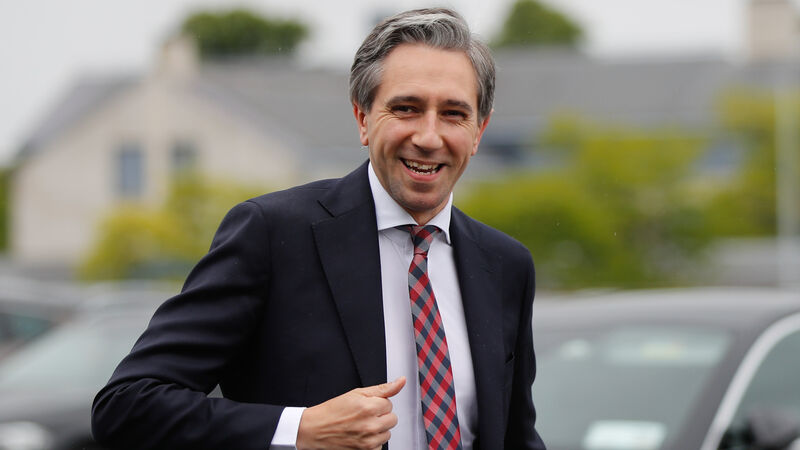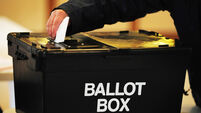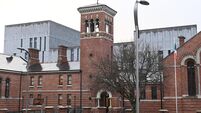Timing is everything: Taoiseach's toughest call is naming the date for the next general election

Taoiseach Simon Harris can either tough it out until March 2025, or opt to go earlier and take the country to the polls in the wake of an expected giveaway budget.
The biggest call Taoiseach Simon Harris is likely to make in this term of office is when exactly to call the next general election.
He can either tough it out until March 2025, or opt to go earlier and take the country to the polls in the wake of an expected giveaway budget.
The date of an election can be a vital choice by a leader, with it potentially marking how a campaign unfolds and results spill out.
This winter election, called by then-taoiseach Leo Varadkar for February 8, was long in the offing, with the Fine Gael leader sending the public to the polls in the wake of Brexit negotiations and just months before the covid-19 pandemic shut down the country.
Scroll for results in your area
The election saw losses for the Fine Gael-Independent minority Government, with Mr Varadkar’s party losing 12 TDs and falling to 35 seats.
As to the turnout, it was slightly down compared to the 2016 general election, with 62.9% of the electorate coming out to cast a ballot.
In 2016, the polling day was again set for February, with voters due to go cast their ballots on the 26th of the month.
The governing coalition of Fine Gael-Labour took a bruising on polling day, particularly Labour as it suffered the loss of 30 seats compared to 2011, leaving the party with a historic low of just seven seats. Fine Gael was also hit, losing out on 26 seats, while Fianna Fáil recovered to 44 seats.
Turnout was down compared to 2011, reaching 65.1%.
Largely seen as the election which kicked off recent seismic shifts in Irish politics, taoiseach Brian Cowen called time on his coalition and set the date as February 25.
Fianna Fáil received the biggest shellacking the party had ever seen, following the fallout from the financial crisis and bailout of Irish banks. The party lost 57 seats and fell to a historic low of 20 TDs, with Micheál Martin at the helm. The Green Party, also in Government, lost all six of its seats in a wipeout.
Turnout increased by almost 3% compared to 2007, with 69.9% of the electorate deciding to vote.
Bertie Ahern’s last election as Fianna Fáil leader was held in the spring, taking place on May 24, after a surprise visit by the then-taoiseach to the Áras on April 29.
Despite the loss of three TDs by Fianna Fáil, the party remained as the largest party in the Dáil with 78 seats, while its coalition partners — the Progressive Democrats — lost six of its eight seats.
Turnout reached 67%, up by 4.4%.














